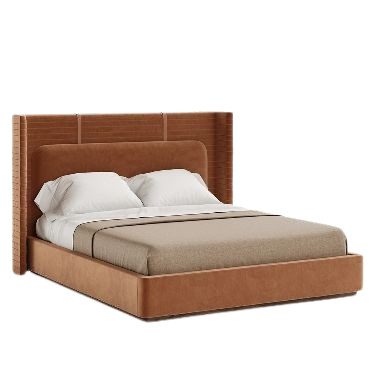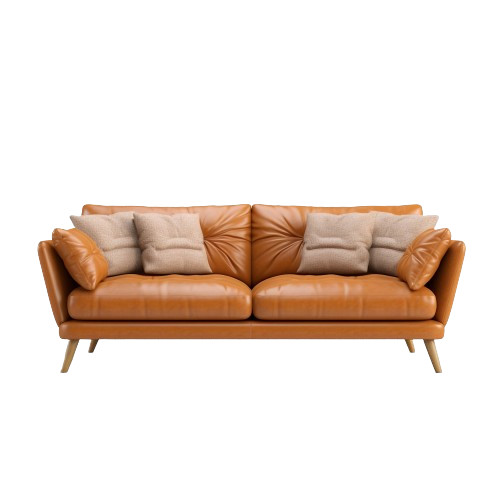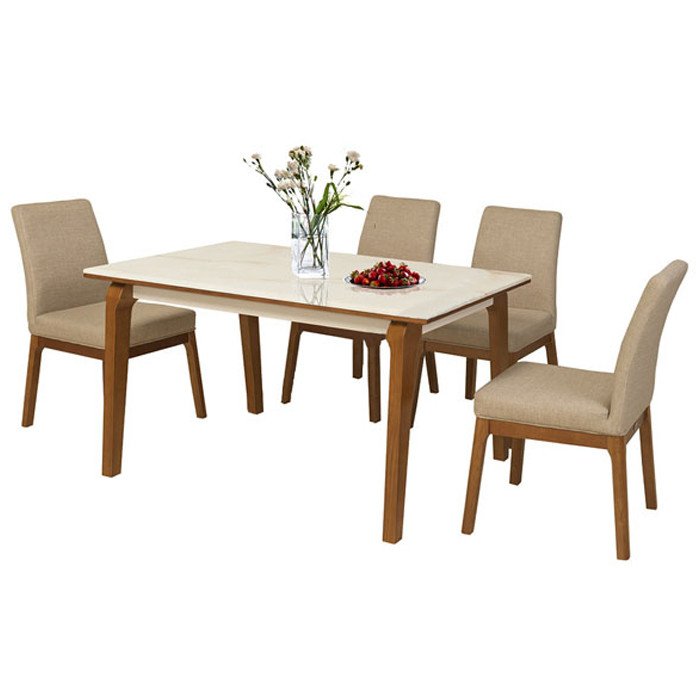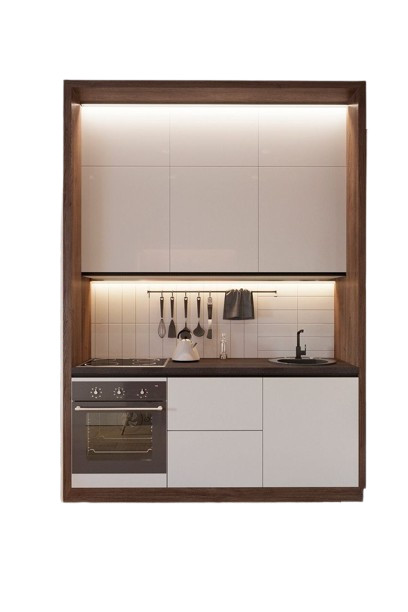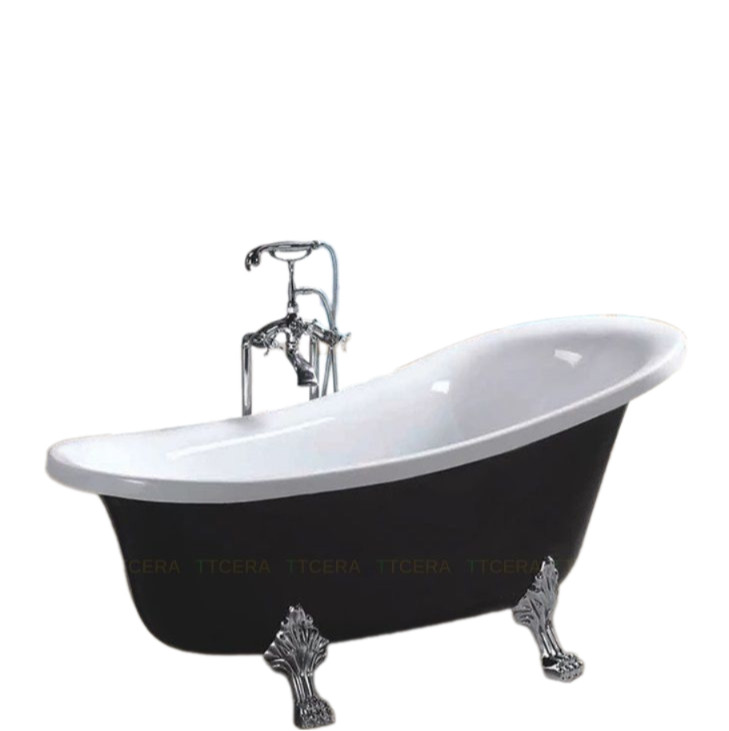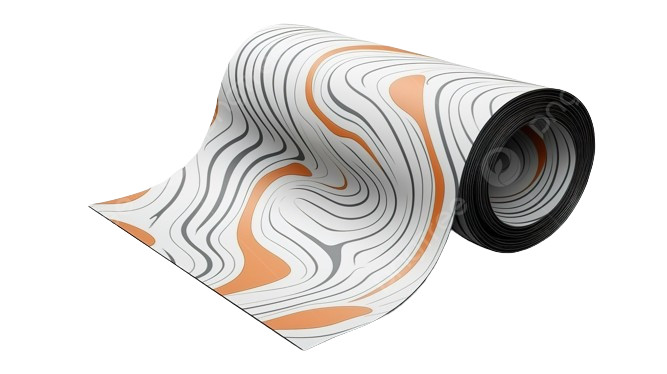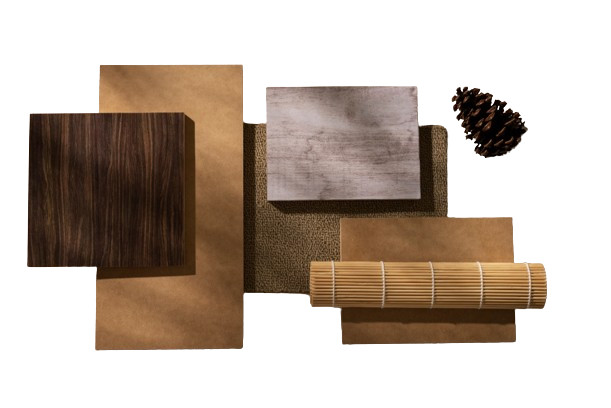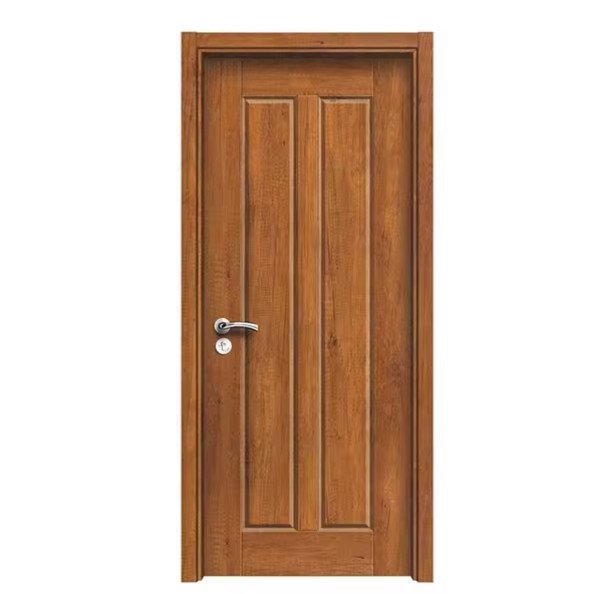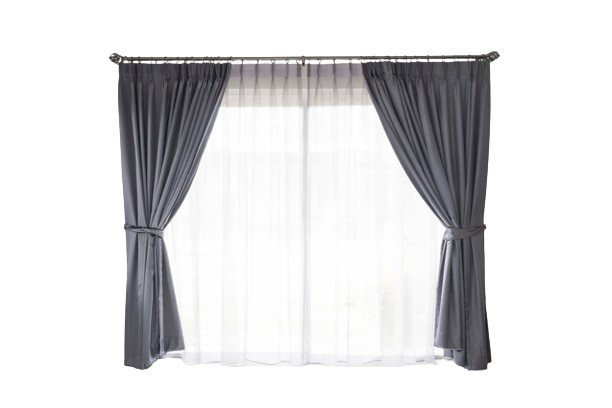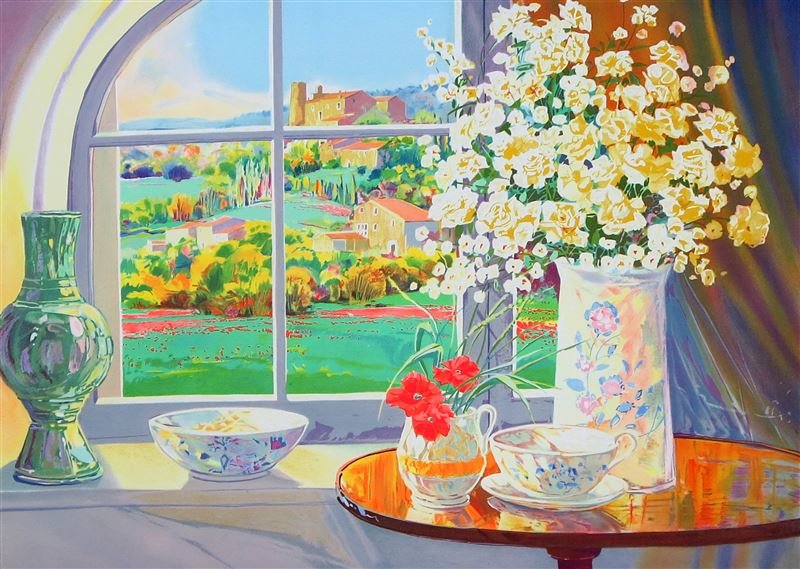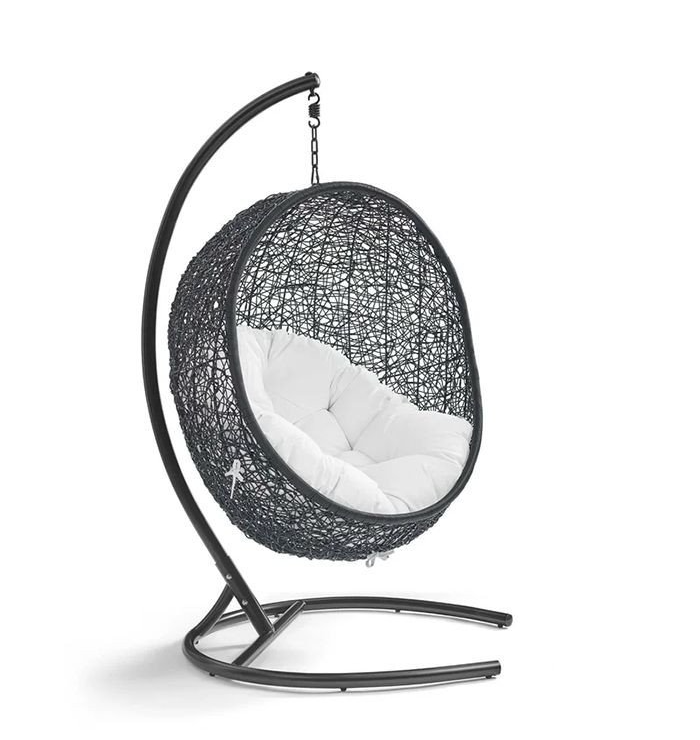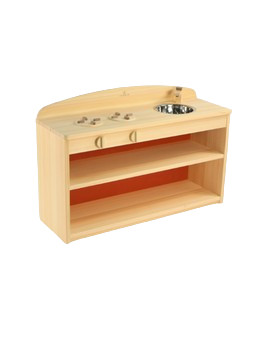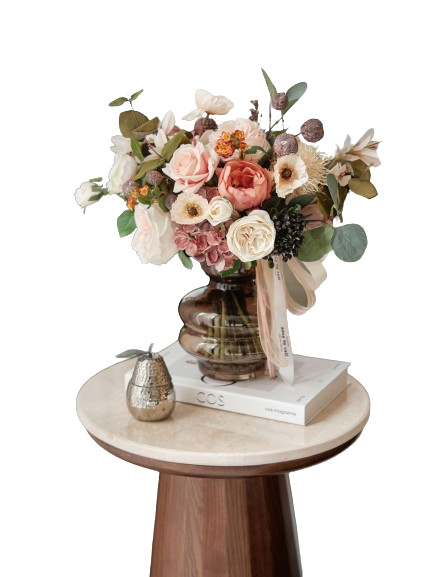“VISUAL WEIGHT” IN INTERIOR DESIGN
The message of installation art can be effectively communicated in a variety of ways. It's the same with interior design. Among the many variables, one of the most crucial is visual balance (visual weight). Consider the areas that you enjoy. They all have a feeling of balance, regardless of the size of the room. Everything in the room flows naturally when you move your gaze around it. This is a result of the interior designer's application of the visual balance principle.
1. What is “visual weight”?
The way an object catches the eye and engages it. The objects appear to be quite weighty. However, actual weight and "visual weight" are not always synonymous. For instance, a couch will appear extremely heavy if it is placed near to the ground. But you will notice that the weight of the chair is greatly reduced if you add chair legs.



Using symmetrical balance is common in traditional interior design
Furniture will establish visual equilibrium and visual weight. The room will seem heavy if there are too many solid components. The room will appear lighter when solid and hollow components are combined. Simply put, visual equilibrium refers to how the interior environment makes your eyes feel at ease. Don't assume that symmetry is required for visual balance! In actuality, symmetry has little bearing on balance. A design must have visual attractiveness, even if it is asymmetrical or seems "off balance." The components must work harmoniously together as a whole.


2. What gives “weight” to images?
For aesthetic harmony in any piece of art or interior design. You must first decide which element will be the main focus. You can start balancing other aspects that support your focus once you've decided what it is. You must take into account each design element's size, contrast, lighting, materials, colors, and locations in order to create visual balance.

Visual weight in the art of interior design
You might be wondering how to assess a piece of furniture's apparent weight. A few variables that affect visual weight are as follows:
- Size: An item's apparent weight increases with its size.
- Shape: Compared to asymmetrical shapes, curves, or corners, familiar shapes like squares and rectangles are frequently heavier.
- Proximity: By placing other objects close to a massive, hefty-looking object, you can make it appear lighter. Its visual weight is more noticeable when it is standing alone.
- Color: When compared to dark objects of the same size and shape, lighter items frequently appear less large.
- Furniture arrangement: Items near the floor give the impression of being heavier than items that are higher. There is a more vivid and upbeat sense due to the light effect below.


The interior blocks are balanced in terms of height, verticality, and horizontality
3. Why is visual balance important?
For visual equilibrium to be achieved, image weight is crucial. Your thoughts will be fatigued by locations with poor equilibrium. Conversely, spaces that effectively balance light and image will contribute to a more upbeat atmosphere. When arranging anything, interior designers usually consider "visual weight" to make sure the eye feels at ease.




Visual balance in the interior with color
4. How to use visual balance in interior design
The first step in creating visual equilibrium inside is to use "visual weight." Think about visual weight while rearranging spaces or adding new items. Assume that everything in the room is balanced and that nothing should be positioned on one side. A well-designed interior requires a balance of visual elements. A well-balanced design not only looks good but also effectively and simply communicates the intended message.
- Pay attention to color: Use the right hues to give the room a feeling of harmony. Draw attention to striking hues and employ complementary hues to establish balance.

- Use the right furniture: Harmony and balance can be achieved in the design by using furniture that complements the area, style, and function.


- Pay attention to symmetry: Employ symmetry to establish harmony and balance in space. In design, symmetry contributes to a feeling of neatness and order.


- Lighting: To establish harmony in the room, choose the right kind of lighting. A suitable living space requires an equal distribution of light.



- Establish size balance: Using furnishings that are suitable for the room's dimensions will aid in achieving design balance. Take care to select furniture that is both appropriate for the area and not excessively large or small.


- Create contrast: To achieve spatial balance, use opposing elements. Use furniture with opposing hues, for instance, to make a statement in the room.

 ADORN MUSEUM
ADORN MUSEUM
Location: O-1, TM.01, 1st Floor, Orchid 1 Tower, Hado Centrosa Garden No.200 3/2 Street, Ward 12, District 10, Ho Chi Minh City, Viet Nam.
Hotline: (+84) 28 3930 3428
E-mail: support@adornmuseum.com
Operation time:
8:30 - 17:30, Monday - Friday & 8:30 - 12:00, Saturday

